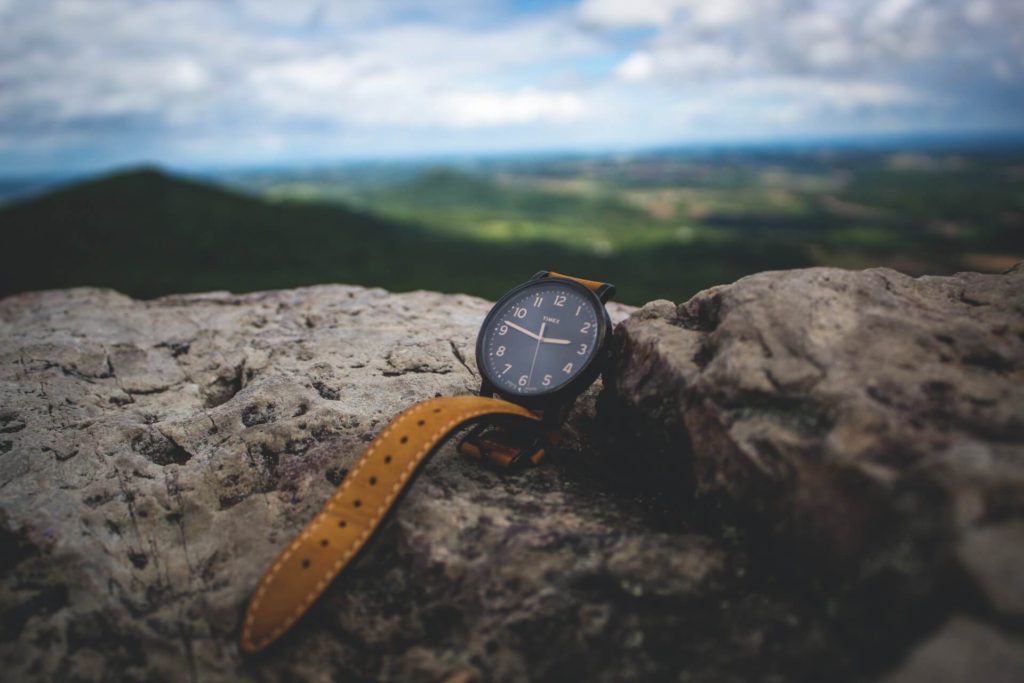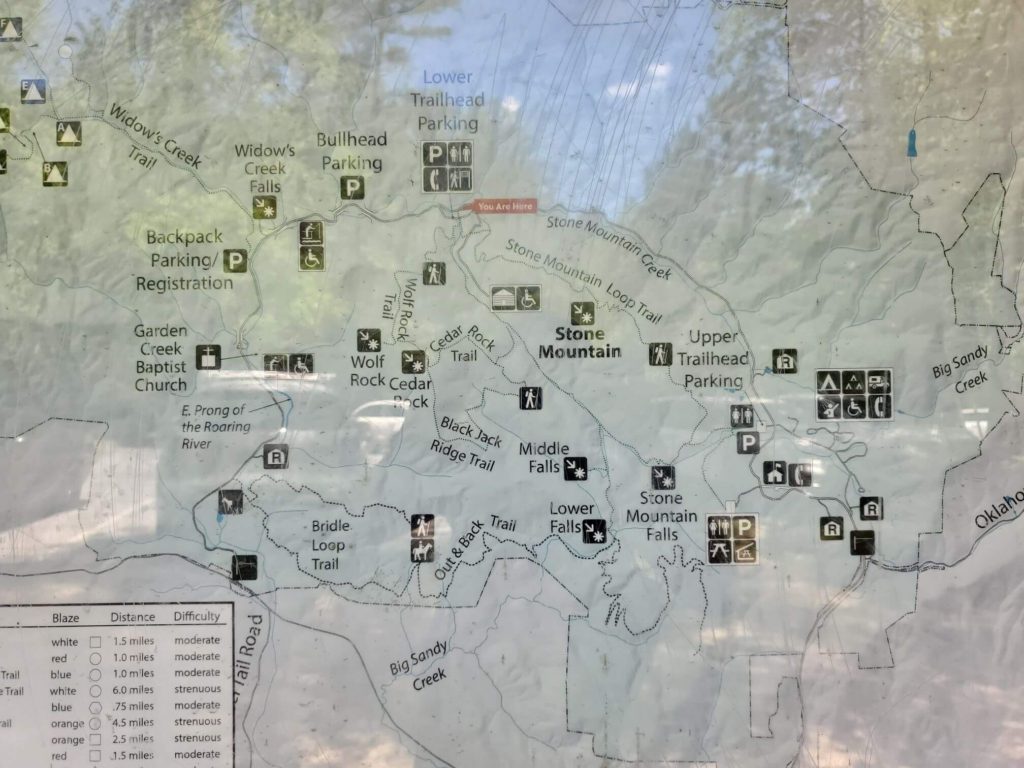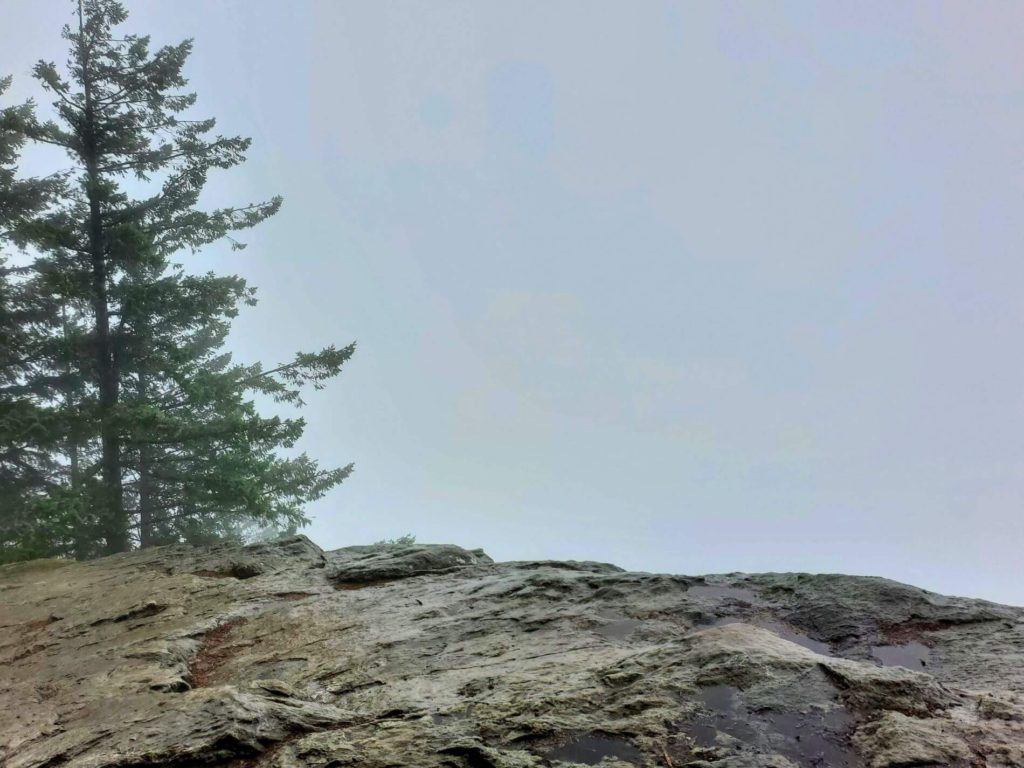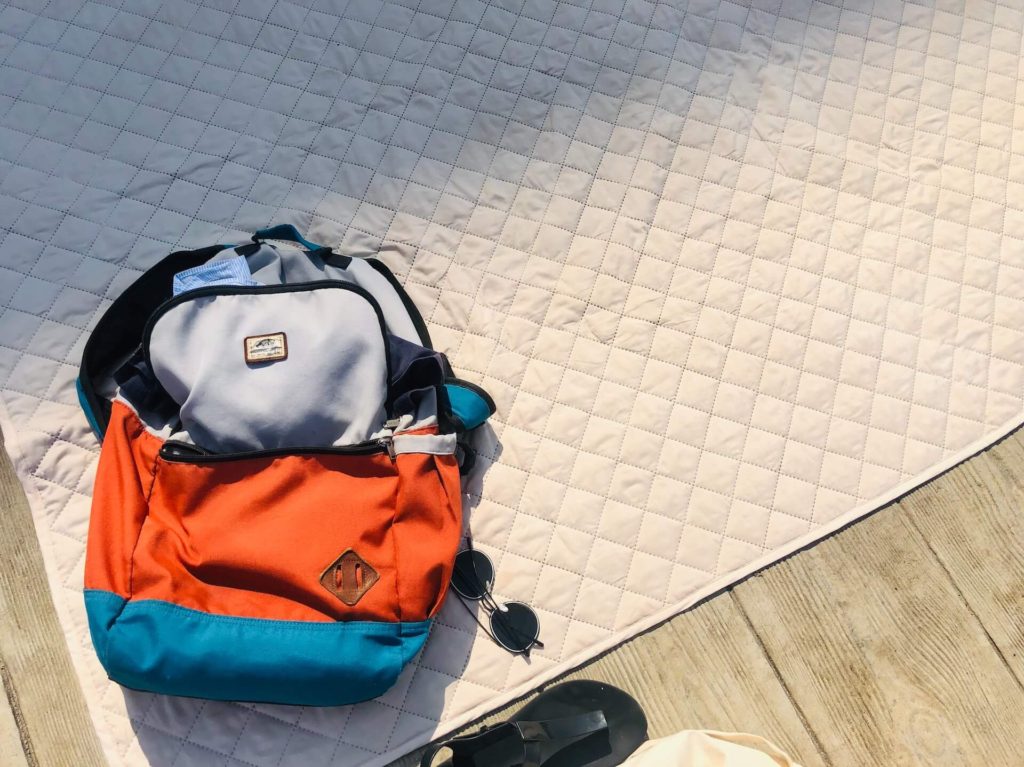12 Sunrise Hiking Tips for an Epic Morning on the Trail
There’s a lot to love about sunrise hikes.
As exciting as hiking is at any time of day, there are several benefits to hiking at sunrise that make the experience extra special.
The colorful sky provides an even more beautiful view to reward you for your efforts.
You’ll likely encounter fewer crowds on the trail, too, since most hikers aren’t willing to wake up early enough. (The exception is if you’re hiking at sunrise in Acadia National Park.)
But there are lots of things you need to know in order to have this epic experience.
Hiking a trail for sunrise takes a little bit more planning and has additional considerations to take into account compared to hiking during the day.
Even if you’re an experienced hiker, you may not know what to expect during a sunrise hike.
Check out these 12 helpful sunrise hiking tips to pull off your early morning adventure safely and confidently.
How to time a sunrise hike
1. Check sunrise time

Of course, it’s crucial to know what time sunrise will be occurring the day of the hike so you don’t miss it.
Remember that sunrise time changes throughout the year. It also varies depending on your location.
Therefore, it’s always necessary to check the time that the sun will rise for the specific date and location of your hike. Don’t assume that you know when the sun will rise just because you caught a sunrise on a different day or in a different place.
Check the sunrise time for the specific date and place of interest on Google or timeanddate.com.
Once you know what time the sun will rise, you can figure out when you need to wake up, head to the trailhead, and begin your hike.
2. Arrive at your viewpoint before sunrise

The sunrise time you look up indicates when the sun actually begins to peak up over the horizon.
It’s not necessarily the time you should be finishing your hike.
It’s more fun to watch the pretty colors that light up the sky BEFORE the sun is visible. Once the sun is up, it’s painful to look at the sun’s blinding light.
Aim to arrive at your viewpoint 30 to 60 minutes before sunrise time so you can witness the prettiest colors light up the sky.
This also gives you some buffer time to get set up or account for any mishaps that the morning may bring.
3. Know how long it will take to hike the trail

In order to complete your sunrise hike on time, it’s critical to know how long it will take to hike the trail.
Unfortunately, that’s not information you can get just by plugging some details into Google maps. You’ll have to come up with your own estimate of the hiking time.
As a general rule of thumb, the average hiker hikes at a pace around two miles per hour.
To figure out how long it will take to hike from the trailhead to your viewpoint, look up the trail’s distance and divide it by two. (Just use the one-way distance between the trailhead and the other end – not the roundtrip distance – since you won’t return to the trailhead until after you watch sunrise.)
For example, if your sunrise hike of choice is two miles one way, it will take about one hour to reach the viewpoint.
Add in extra time for plenty of other factors including the trail’s steepness, your fitness level, hiking in the dark, and more.
Choosing a Trail
4. Choose a trail where you can see sunrise

This tip sounds obvious. The point of a sunrise hike is to watch the sun come up, after all.
But it’s worth noting because not every trail is a great candidate for a sunrise hike.
Scope out what the view may be like from photos or videos online if you need to. You may even find mentions that other people have chosen the trail for their own sunrise hike.
When in doubt, trails to lookout towers are great for sunrise hikes because you get 360-degree views from the tower by design.
5. Make sure you can access the trail before sunrise

I once wanted to celebrate my birthday by ringing in a new decade with a sunrise hike.
I had just moved to a new area and wasn’t yet familiar with the trails close to me.
After a little research, I discovered that most of the best trails near me are in state parks.
All of the state parks are gated overnight and don’t open until or after sunrise. Therefore, I couldn’t get into the state parks and reach the trails early enough to summit them before the sun came up.
My plans for a sunrise hike were foiled.
When choosing a trail for your sunrise hike, make sure you’re able to reach the trailhead early enough to actually catch a sunrise.
Even if you’re physically able to reach the trailhead, confirm that you’re actually allowed to be there. You don’t want to get a fine if you’re caught parking in an area where overnight parking is prohibited.
Preparing for a Sunrise Hike
6. Research trail conditions ahead of time

It can be challenging to hike a trail for the first time in the dark.
This is especially true if the trail intersects with other trails or is technically challenging.
It’s one thing to tackle these obstacles when you can see them well in the daylight. Navigating them when they’re poorly lit poses an extra barrier.
You’ll feel more confident facing such trail conditions if you know what to expect ahead of time.
Consider hiking the trail in the daytime first so you know what you’re getting into.
If it’s not possible to hike the trail in advance, find a trail map at a minimum to learn your route.
It’s also a good idea to learn more about the trail through other hikers.
Chat with another hiker who has seen the trail recently or seek insight from the internet. Check out reviews from other hikers on AllTrails or search for a video of the trail on YouTube.
7. Check the weather forecast

Mother Nature doesn’t always cooperate with our calendars.
As disappointing as it can be, sometimes the weather just doesn’t line up with outdoor plans.
And that means that sometimes an amazing sunrise just isn’t going to be on display.
There’s no point in waking up super early if the sky will be too foggy to see the sun rise.
Being prepared for this outcome lets you cancel your plans (or at least stop expecting to see a spectacular show on your hike).
8. Pack your bag the night before

It’s hard enough to wake up unusually early, in the dark, especially if you’re not a morning person.
And you’ll already have to wake up early enough to get dressed, drive to a trail, and take a hike – all before the sun is even up!
If you’ve already packed up everything you need for a hike, that’s one less thing you have to do in the morning. And less to do in the morning means more time sleeping!
Prep anything else you can the night before, too, so you can be as rested as possible in the morning.
Grab a granola bar or have a pre-made breakfast like overnight oats ready to go. Set up your coffee machine so you only have to turn it on (if it doesn’t already have a timer). Whatever saves you time in your morning routine!
9. Wear layers

It’s wise to bring layers of clothing on any hike.
The weather conditions can be different up at elevation than they are down at the trailhead.
Additionally, you may feel warm while hiking but then cool down when you stop moving at the top of the trail.
But it’s especially important to bring layers on a sunrise hike. Temperatures can change drastically before and after the sun has risen.
You don’t necessarily want to be stuck in a long sleeve shirt once the sun is beating down on you while you return to the trailhead.
10. Make sure all hikers know the game plan

If you’re embarking on a sunrise hike with one or more other people, get everyone on the same page about how the morning will go.
Communicate the plan you made after reading these tips so the hike can go smoothly.
Agree on who is driving.
Establish beforehand if you’re willing to make stops like a breakfast drive-thru so no one makes any surprise requests.
If you’re carpooling with other hikers, specify what time everyone will be picked up. (If said hikers are perpetually late, I give you permission to fudge the pickup time so they will actually be ready on time.)
Send these sunrise hiking tips to your fellow hikers so they are prepared, too! (Just don’t tell them you took me up on fudging the pickup time).
SAFETY TIPS FOR A SUNRISE HIKE
11. Bring a headlamp

Hiking to watch the sun come up means you’ll be starting your hike in the dark.
Even if it’s an incredibly short trail that you can start at first light, you’ll likely be getting out of your car and looking for the trailhead in the dark.
Bring a separate headlamp for every person joining the sunrise hike.
It’s also a smart idea to bring extra batteries and a second flashlight just in case something happens to your headlamp. You don’t want your headlamp to suddenly die part way through your hike.
12. Tell someone your plans ahead of time

It’s important to share your plans with someone before you embark on outdoor adventures.
Taking this step is a good precaution for your safety in the event something bad happens during your hike.
No one thinks they’ll get lost or hurt on a short, easy day hike, but it happens.
Hiking in the dark only increases that risk.
When someone knows where you’re going and when you’ll be there, they can take action if they don’t hear from you again when they’re expecting you to.
It’s a good idea to share your plans whether you’re going to hike alone or with a buddy. Don’t assume that having a buddy or two with you is enough because something could happen to them, too.
Don’t wait until you’re already at the trailhead to share your whereabouts since cell service may not be available at the trail. Tell someone your plans the day before.
Related Articles
As always, enjoy the outdoors responsibly. Leave no trace on all of your adventures.
